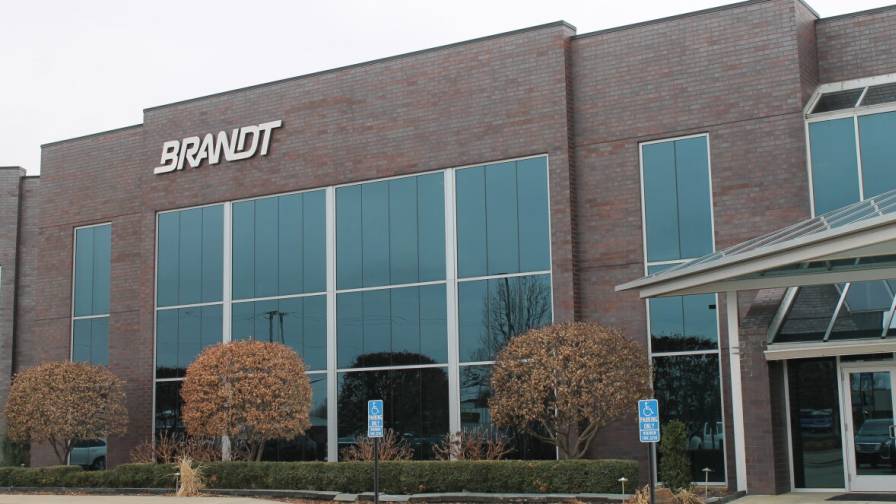The Customer Corridor
Recently, I came across something called the Edelman Trust Barometer, published by the public relations firm of the same name. I wasn’t surprised to learn that across the globe, most people trust companies less this year than they did the year before. Imagine that! Leading companies from every sector of the economy have recklessly squandered their most precious asset, the trust of their customers. Customers know that actions speak louder than words, and the actions of many companies have been profoundly lacking.
Last month, we discussed two types of customer experience measurement. Relationship measurements look at the whole relationship you have with customers. Transactional measurements are more narrow in scope, and as the name suggests they look at day-to-day encounters with customers. Both types of measurement will help you quantify how your customers perceive you relative to your competitors.
I had an interesting meeting with a very large retailer this month that highlighted the difference between a transactional and relationship issue. Like many retailers, the company purchased a significant amount of fertilizer for last fall and this spring prior to the collapse of prices. Unfortunately, the retailer now has a lot of high-value inventory in a lower-priced market. Our discussions, naturally, turned to the reaction of its customers as the company attempts to capture at least some of the value of its fertilizer product. The fear was that customers are angry and may potentially defect in large numbers.
“Why measure customer experience?” a company representative asked. “We know our customers are upset with us.” It is a good example of the difference between a transactional evaluation of your customer experience and a relational measurement of their experience that spans several years.
Strategically, many retailers are worried in this climate. I suggest that those that who have built deep customer equity based on providing a superior experience will continue to do well, and will likely grow market share at the expense of competitors who have not built customer equity.
Corridor Thinking
Now back to this month’s topic, which is mapping your Customer Corridor. Identifying your customer corridor is a way to see your company from your customer’s perspective. It helps you see what is important to customers and what is not. Properly done, you will identify areas where changes in your service delivery can be made at both the transactional and strategic, i.e., relationship levels. Your customer corridor represents your customer’s end-to-end experience with you during the crop year. Ag retailing is a perfect model for the customer corridor because the cycle repeats itself each year, so once improvement areas are identified they can be implemented for the following season, or perhaps sooner.
AgKnowlogy‘s Plan and Connect workshop helps retailers identify their customer corridor. We believe it is important to involve everyone in the company that touches a customer during the crop year. Getting everybody involved increases the creativity level, and ensures the customer experience is seen from a wide perspective. As you get into the exercise, you will want to be very specific on how you interact with customers. At first, the more detail, the better. You can eliminate and narrow down the corridor as you work on it. In our Customer Experience Monitor, AgKnowlogy works with clients to define the customer corridor that is appropriate for their business. As a suggestion, you might want to look at your service delivery under the headings shown in the diagram. I have included a few customer experiences as examples.
The Net Promoter concept we have been discussing fits seamlessly with the customer corridor. Properly set up, you can start to identify reasons why customers are Promoters, Passives, or Detractors. Remember — the percentage of Promoters within your business is important for several reasons. Most importantly, Promoters are an ongoing source of referrals that will grow your business more reliably than any sales or marketing program. Detractors, on the other hand, are a drain on your income. Measuring customer experience along your customer corridor will identify what experiences create Promoters and which experiences create Detractors.
I promise you this is one of the best things you can do in these uncertain times to differentiate your business, and gain market share from competitors. I wish you the best for the busy spring season.





